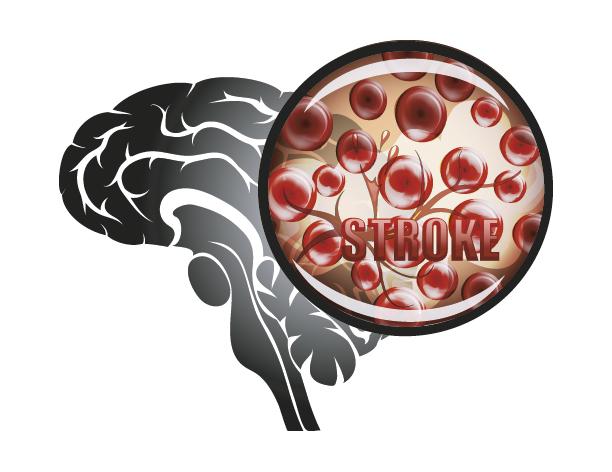
Prior intake of direct oral anticoagulants (DOACs) bears no increased risk of symptomatic intracerebral haemorrhage in acute ischaemic stroke (AIS) patients initiating treatment with intravenous thrombolysis (IVT), according to the results of a meta-analysis.
The meta-analysis included six studies that involved a total of 52,823 AIS patients treated with IVT, among whom 366 had prior exposure to DOACs, 2,133 to warfarin, and 503,241 had no prior anticoagulation. Researchers conducted further analyses according to the following: (1) administration of DOAC within 48 hours vs; (2) consideration of symptomatic intracerebral haemorrhage outcome according to the National Institute of Neurological Disorders (NINDS) vs the European Cooperative Acute Stroke Study II (ECASS-II) criteria.
Pooled data showed no additional risk of symptomatic intracerebral haemorrhage following IVT in patients taking DOACs within 48 hours before the procedure vs those with prior warfarin intake (NINDS: odds ratio [OR], 0.55, 95 percent confidence interval [CI], 0.19–1.59; ECASS-II: OR, 0.77, 95 percent CI, 0.28–2.16) and those without prior anticoagulation (NINDS: OR, 1.23, 95 percent CI, 0.46–3.31; ECASS-II: OR, 0.87, 95 percent CI, 0.32–2.41).
Likewise, there was no risk increase detected in patients who took DOAC at an unknown interval before IVT vs those with prior warfarin intake (NINDS: OR, 0.85, 95 percent CI, 0.49–1.45; ECASS-II: OR, 1.11, 95 percent CI, 0.67–1.85) and those without prior anticoagulation (NINDS: OR, 1.17, 95 percent CI, 0.43–3.15; ECASS-II: OR, 0.87, 95 percent CI, 0.33–2.41).
There was no evidence of heterogeneity across included studies (I2=0 percent).
In an additional analysis of 123 individual cases with or without reversal agents before IVT, no significant increase was noted in the risk of haemorrhagic transformation (OR, 1.48, 95 percent CI, 0.50–4.38), symptomatic haemorrhagic transformation (OR, 0.47, 95 percent CI, 0.09–2.55) or early mortality (OR, 0.60, 95 percent CI, 0.11–3.43) between cohorts who did vs did not receive prethrombolysis idarucizumab.